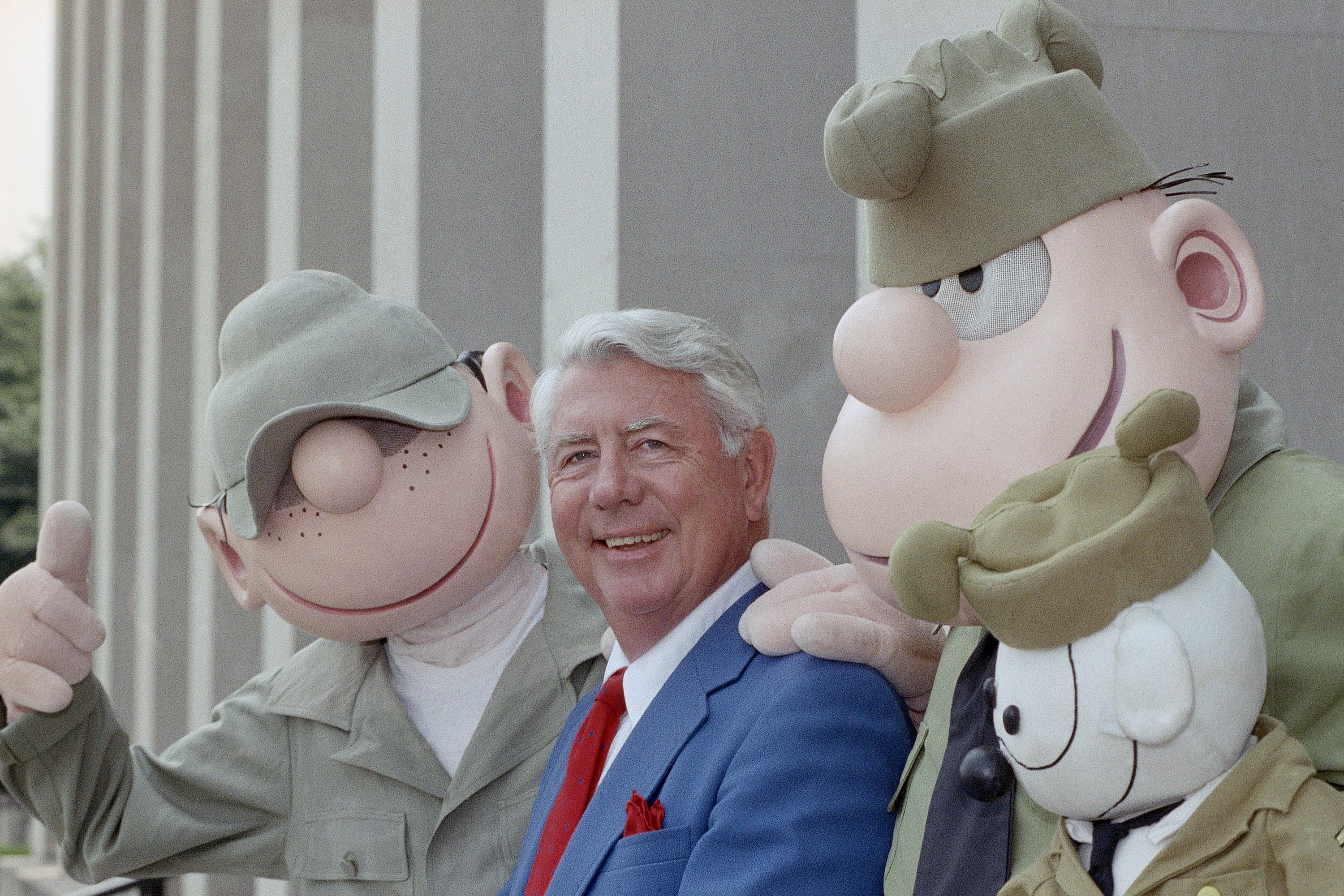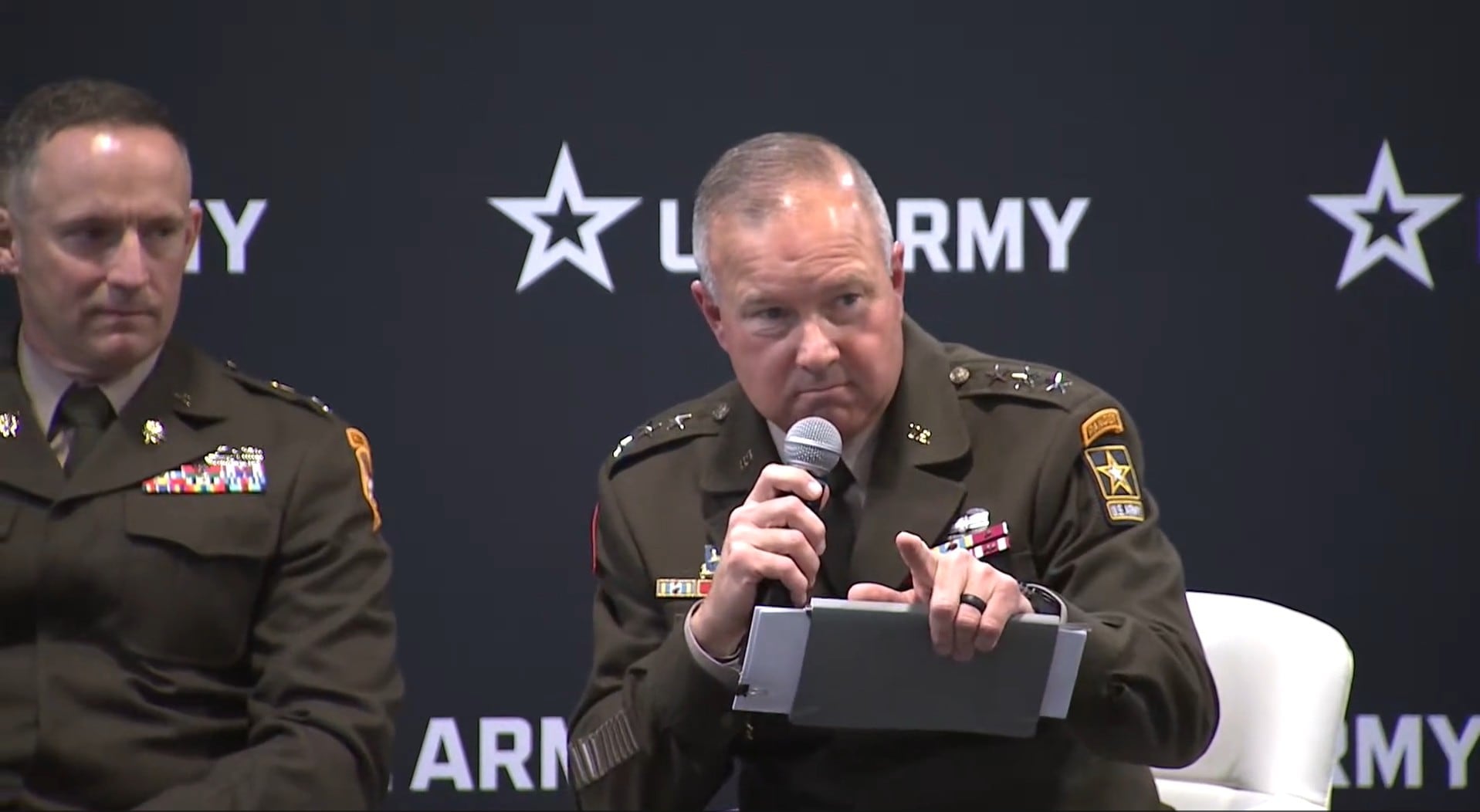When “Beetle Bailey” debuted in 1950, it was a college strip about a lanky underachiever who wanted to do as little as possible. Six months later, creator Mort Walker had Beetle enlist in the Army during the Korean War.
From that moment on, the reluctant private became one of the most recognizable characters in American comics, embodying the frustrations, absurdities and humor of military life.
Sept. 4 marks the strip’s 75th anniversary, a milestone few comics have ever reached. For the Walker family, it is both a celebration of their father’s creation and a continuation of a legacy that has outlived the man who drew it for more than six decades. Mort Walker died in 2018, but his sons Greg, Brian and Neal have kept the strip alive, publishing new gags every day in newspapers and online through Comics Kingdom and King Features Syndicate.
“It’s our entire life, almost,” Greg Walker said. “The strip was created soon after I was born. I’ve been here from the beginning. I started writing when I was in college more than 50 years ago, and it’s always been a part of us.”
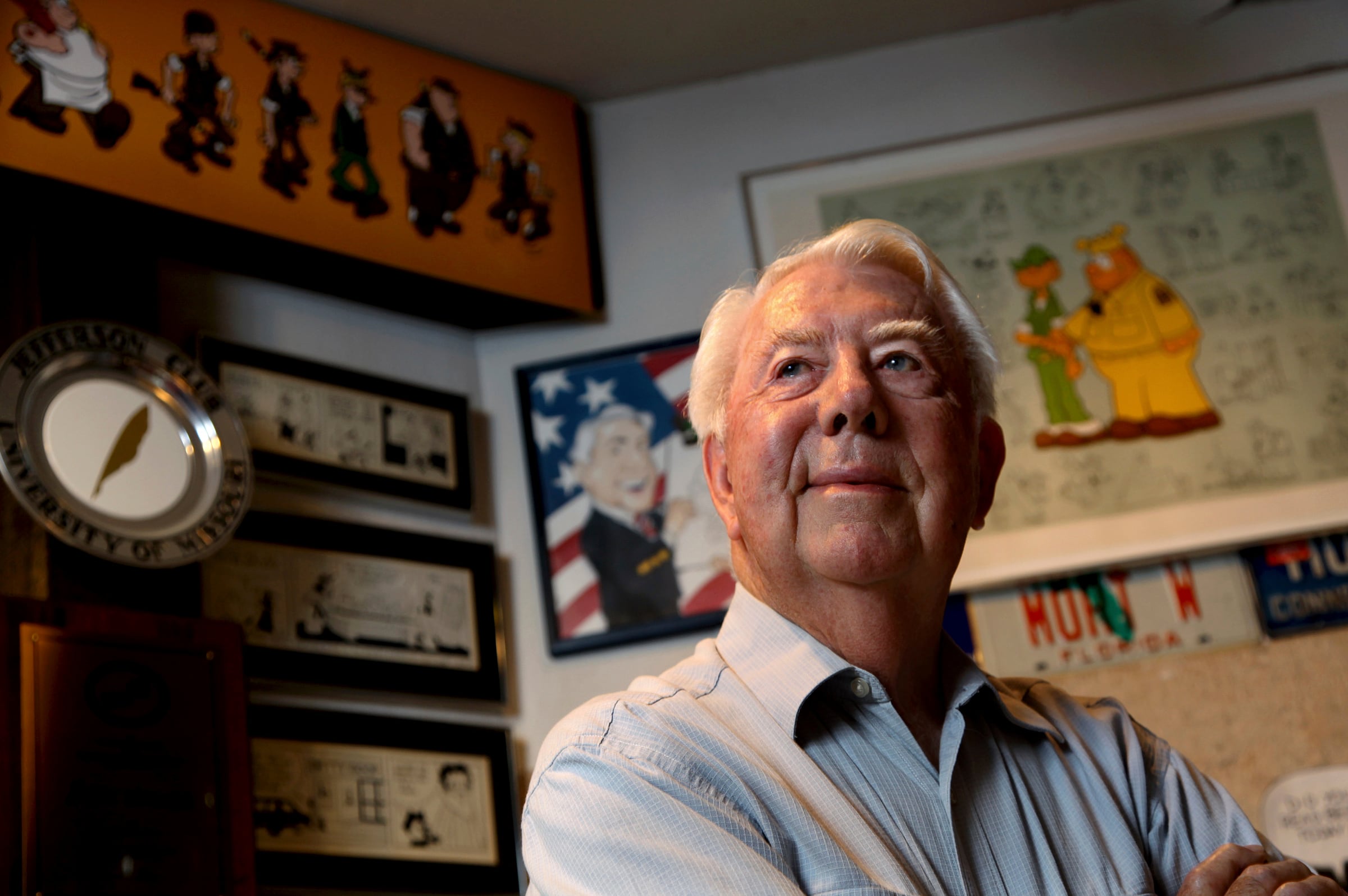
The Army angle was never the plan. Beetle started at college, loafing his way through classes. However, circulation numbers were modest, and the strip was on the verge of cancellation.
When Walker placed Beetle in uniform, the dynamic changed. Suddenly, the laziness had higher stakes, bouncing off authority figures like Sergeant Snorkel, General Halftrack and the perpetually bewildered Lieutenant Fuzz.
By 1953, the strip’s popularity skyrocketed, fueled in part by controversy. Some military brass bristled at Walker’s portrayal of officers as incompetent or easily flustered. That criticism only drew more attention and more readers.
“The syndicate really played it up,” Brian Walker said. “There was all this publicity about whether the military had a sense of humor. That’s when the strip really took off.”
In the decades since, the Army has gone from being an antagonist of the strip to one of its champions. Mort Walker received the Distinguished Civilian Service Award in 2000, the Army’s highest honor for a civilian.
“He looked out at the audience and said, ‘I’m glad to see the Army finally has a sense of humor,’” Greg recalled with a laugh.
The longevity of “Beetle Bailey” is partly due to the ensemble cast. Characters like Cookie, Killer, Zero and Miss Buxley have developed personalities that go beyond one-note gags. Sergeant Snorkel, for instance, began as a mean-spirited drill instructor but over time became a more complex figure: gruff but loyal, lonely but devoted to his men.
“My father based Sarge on a real drill sergeant he had at Camp Crowder,” Brian said. “The guy yelled at them all day, but then one night he left poems on their pillows. That’s how Sarge evolved into someone tough but strangely lovable.”
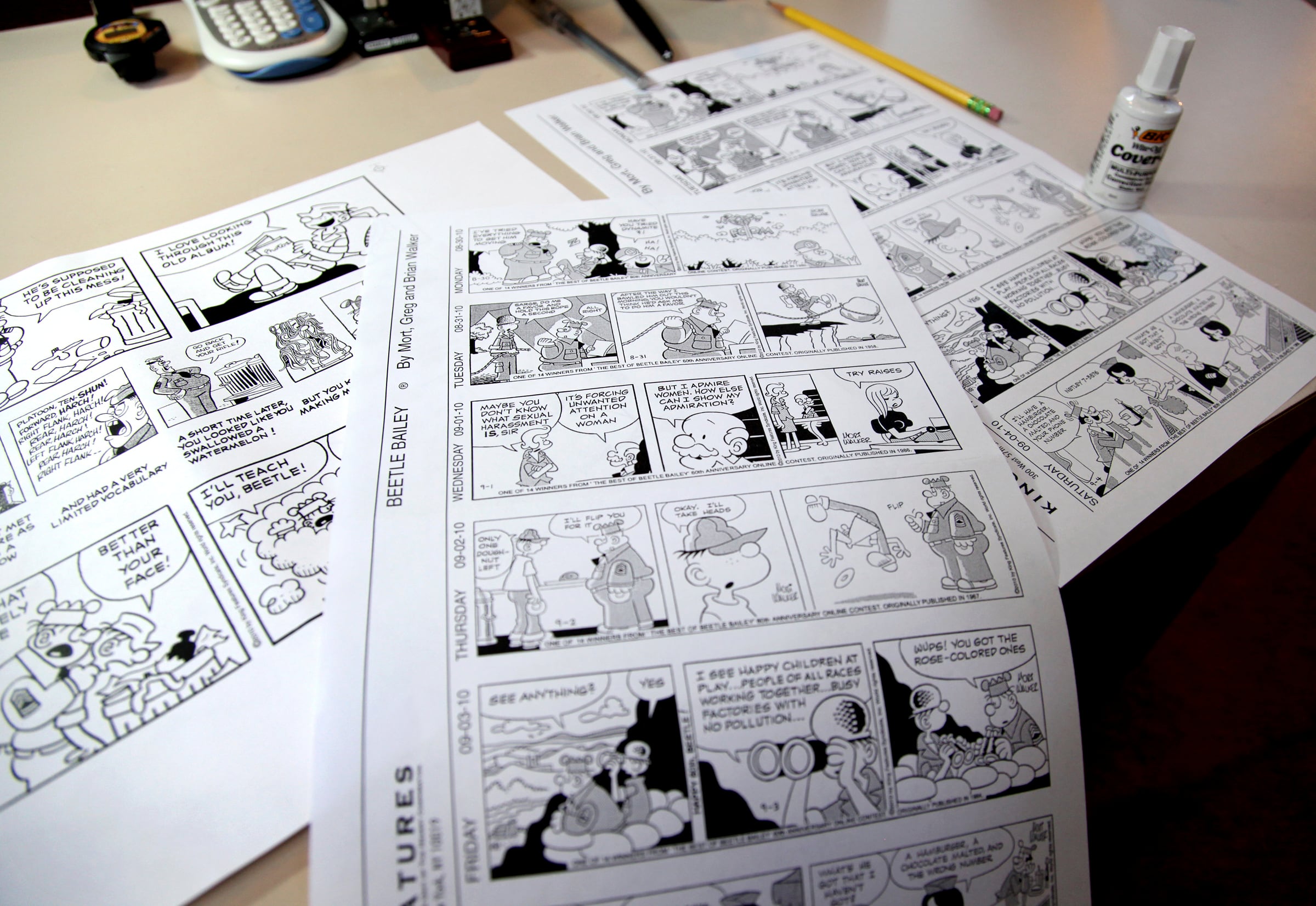
For Neal Walker, who joined the strip’s creative process later, the evolution of characters like Miss Buxley showed how the strip could adapt.
“She started as more of a one-dimensional secretary,” Neal said. “Over time, we responded to feedback, made her more independent, more of a real person. That was important. The strip has always had to evolve.”
The family says that evolution is a constant balance. Camp Swampy, where the strip is set, is intentionally frozen in time. The uniforms and barracks evoke an earlier era, even if Beetle now checks his smartphone.
“People always ask why Beetle hasn’t deployed to Iraq or Afghanistan,” Brian said. “We keep him in basic training because that’s the one thing everyone in the military can relate to.”
The Walkers insist the strip is less about the Army itself than about human nature. That framework has given the family a foundation to tell jokes that remain relatable decades later.
“It’s really about people in an organization, dealing with bosses, rules, and authority,” Greg said. “It could be teachers, salesmen, or mechanics. The Army just provides the structure.”
Mort Walker’s work ethic was as disciplined as the Army life he parodied. While other cartoonists sometimes struggled to meet deadlines, he treated cartooning like a 9-to-5 job.
“He was always in his office in the morning and walked out at 5 p.m. at the end of the day,” Greg said. “It was like clockwork.”
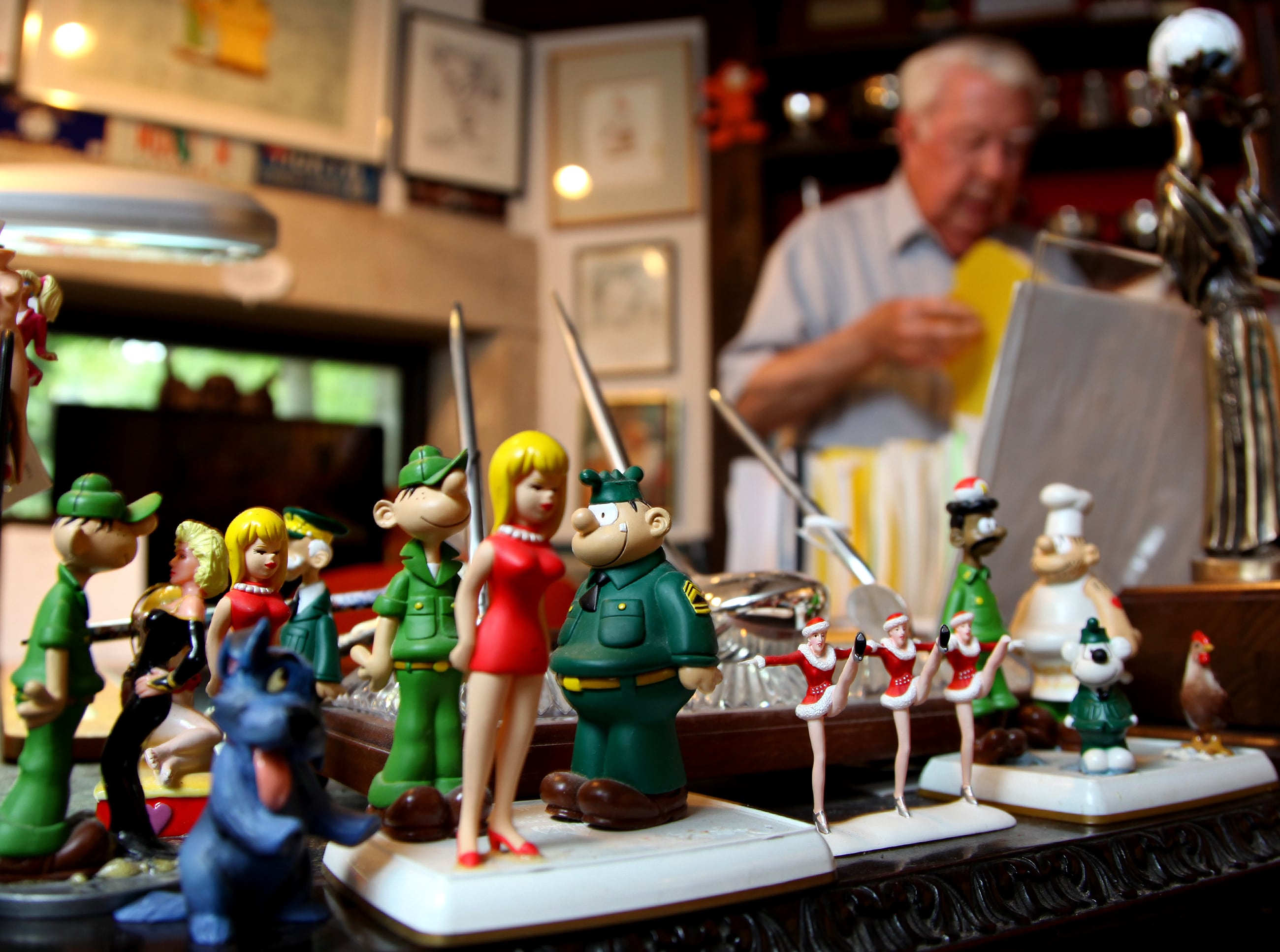
That discipline produced an unmatched body of work. When Mort Walker died, he had drawn or overseen 24,576 “Beetle Bailey” strips over 67 years, three months and 12 days — a record for a single creator. He left his drawing board ready for the next installment.
Even after his death, the strip has remained a family project. Greg, Brian and Neal hold “gag conferences,” tossing around jokes until they find ones that fit the characters.
Sometimes the writing process produces hundreds of ideas, only a fraction of which make it into print.
“You write three times more than you need,” Brian said. “That’s how you keep the quality up.”
The Walkers guard the strip carefully. Hollywood has occasionally shown interest in adapting “Beetle Bailey” into a film or television series, but the family has resisted efforts to alter the characters or send Beetle on overseas adventures.
“We treat them like family,” Greg said. “We can’t let anyone change who they are.”
That protectiveness stems from how closely the Walkers see the characters as extensions of their father and themselves. Mort often modeled Beetle on his own college roommate, a world-class napper who once fell asleep on the floor mid-conversation. General Halftrack was based on a college professor. Fuzz reflected Mort’s own clumsy early days as a young officer.
“Every character has a real-world inspiration,” Neal said. “That’s part of why they feel so real to people.”
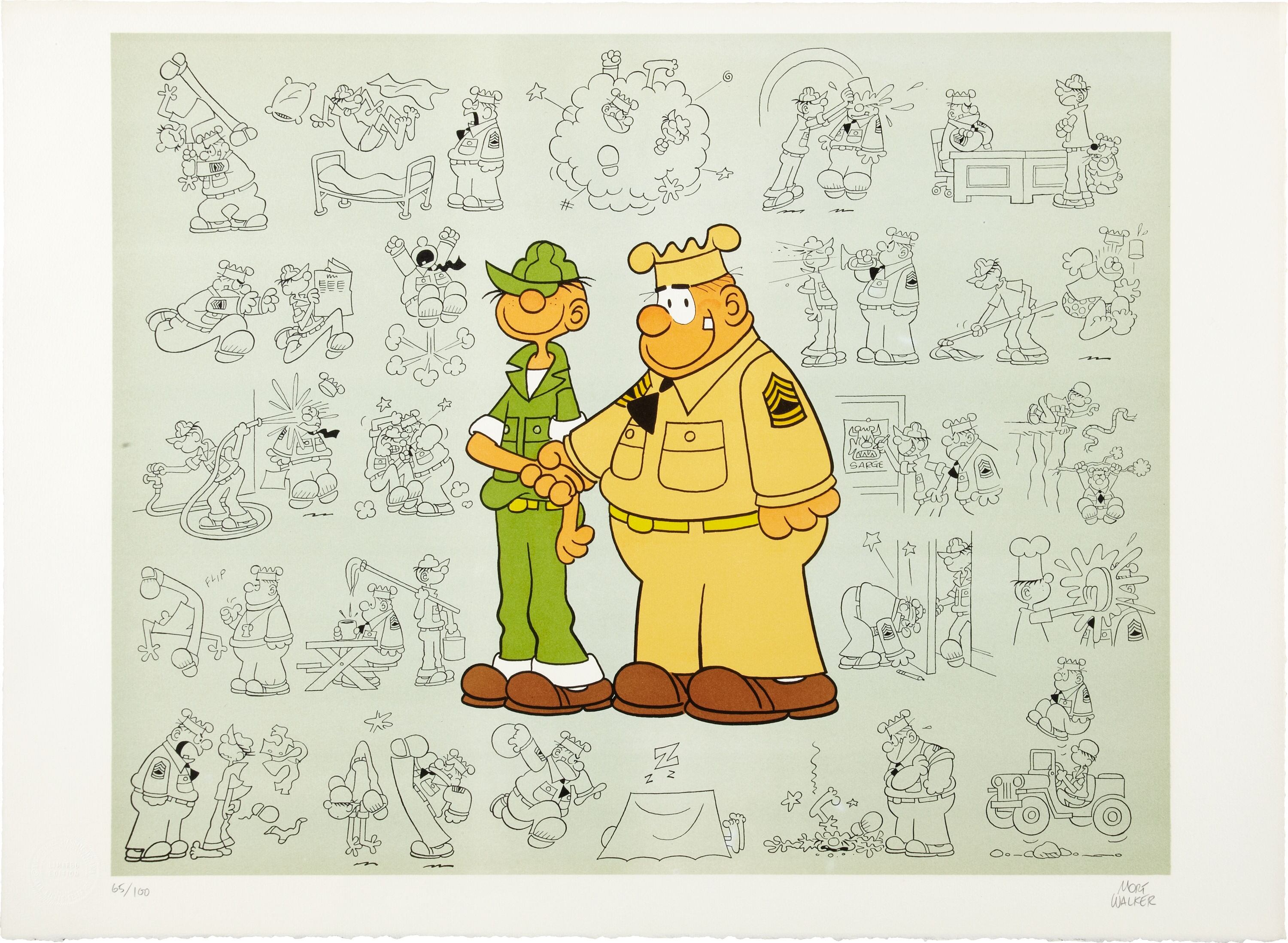
For readers, the appeal remains in the humor that cuts across generations. Whether it is Beetle dodging work, Sarge losing his temper or General Halftrack missing the point, the daily strip captures frustrations that resonate beyond the barracks.
Fans continue to find “Beetle Bailey” in print and increasingly online, through platforms like Comics Kingdom, and even social media. The move to digital has helped introduce Beetle to younger readers, keeping alive a comic born 20 years before the Vietnam War.
The strip’s cultural impact is still recognized at places like the University of Missouri’s Shack exhibit, a nod to the strip’s origins on that campus.
On the 75th anniversary, the Walkers plan to celebrate quietly, much like their father would have.
“Probably by playing golf,” Brian said with a laugh. “Dad would have liked that.”
Seventy-five years after Beetle stumbled into the Army, he is still on duty. Not because he wants to be, but because readers still want to see what he will do to get out of work tomorrow.
